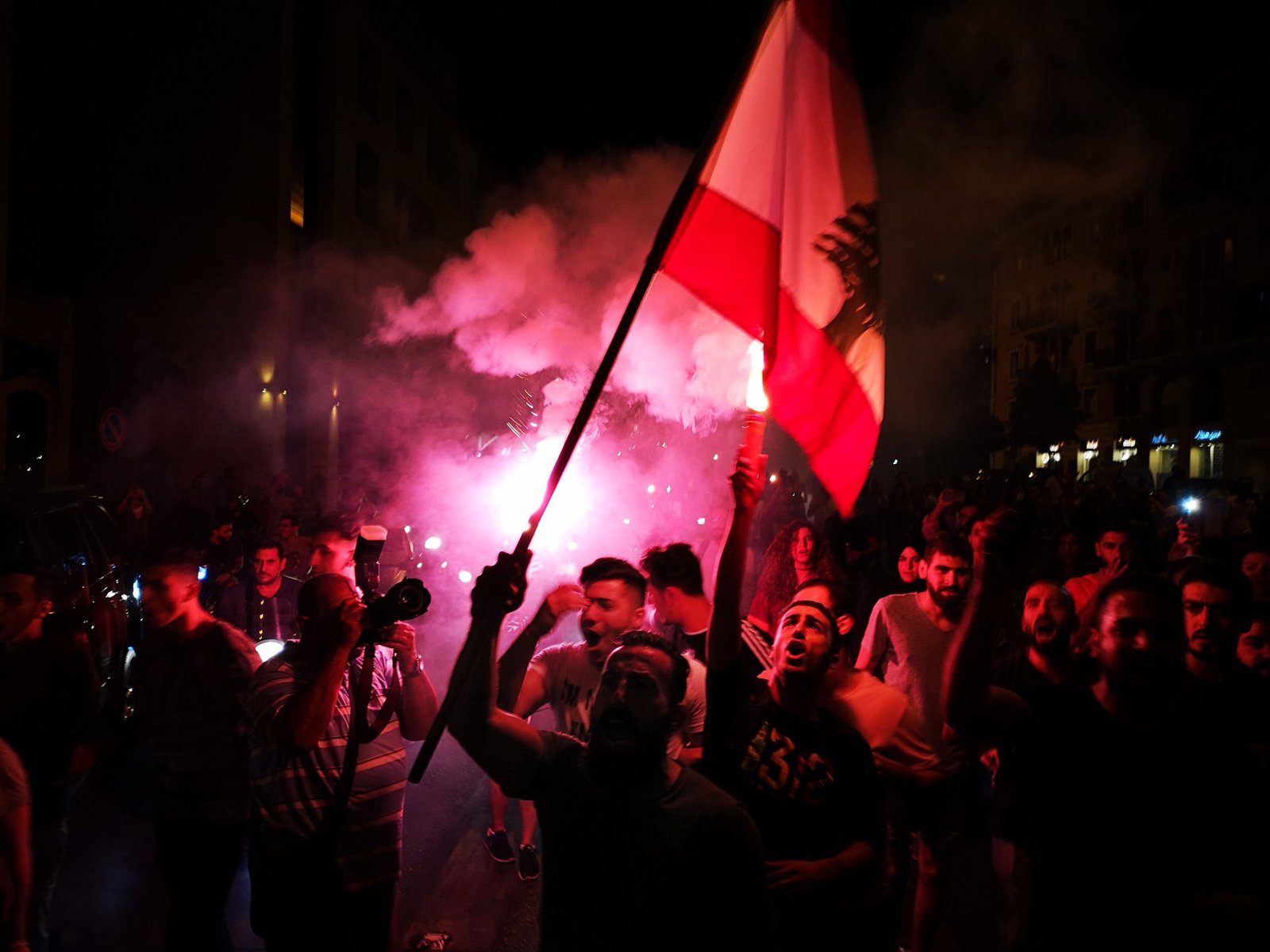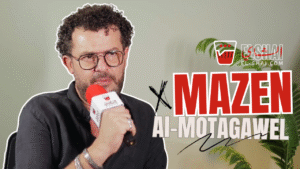On the occasion of world photography day, Facebook presents an Interview with the Lebanese photojournalist Hussein Baydoun with some of his work.

With civilian photography on the rise, how do you see this era of civilian contributions to photojournalism?
The civilian contributions to photojournalism increased as smartphones and social media platforms got popular with the public. Everything is available on social media in real-time, including civilian photography; it is not a bad thing. However, people should have ethics when they are delivering an image. Empathy for what is happening in an individual’s life and knowledge about what is happening in the world is essential when taking photos.

You cover humanitarian subjects and conflict and shoot very painful, dramatic moments. Do you sometimes find yourself in a dilemma that it may be inappropriate to take the picture or that it’s too sensitive?
Yes, that happens many times, as we as journalists are emotional too. We are constantly surrounded by intense scenes such as violence. Still, it is crucial to decide if the photo being taken delivers a message, whether it is really helpful for people – this is what we ask ourselves all the time. Many of the pictures that we take go through editing as some things cannot be shared as-is. In our job, having an ethical attitude is important.

How do you manage to bear through these emotions, and still manage to focus on your job? Any examples you can share…
I have been a photojournalist for the last 15 years, and since the previous 6 years, from time to time, I have been going to a psychiatrist for therapy to share my feelings and talk about the trauma I often see as part of my job. I also try to engage in sports such as basketball to distract myself. I know many photojournalists who are still in trauma from the photos they took during the August 4th Beirut explosion. I recently saw someone get beaten up in front of my eyes; I couldn’t raise my camera to photograph the moment as I didn’t want his family to see their son getting beaten up.
For photojournalists like us, we must take care of our mental health given the content we are exposed to and the fact that, in the end, we are all humans and have emotional feelings.

You have a very busy, often dangerous job. How do you manage to convince your family that you are keeping the job and also find time for them?
When something dangerous happens, the normal thing is for people to run away from it, but journalists must go towards it to cover it. That is probably the most challenging part of the job as our loved ones are always worried about us, especially my mother – I try to talk to her every day and never miss my chance to see her in person every month. My odd work timings probably were a big reason for my divorce from my wife. However, I love my work and the chance I get to highlight human rights and show people what the world is suffering from.
What do you think of the role of social media in photojournalism – how is it helping the cause?
People come to social media networks such as Facebook and Instagram to connect with their passions and interests. These platforms allow everyone to tell their story, share what they care about, and find and build their audience. The creator community has been one of the biggest trends to arise from social media – millions of people have turned their passion or creativity into their livelihood. With the world relying on social media more than ever, budding photo enthusiasts and professional photographers have the opportunity to have their work seen.





